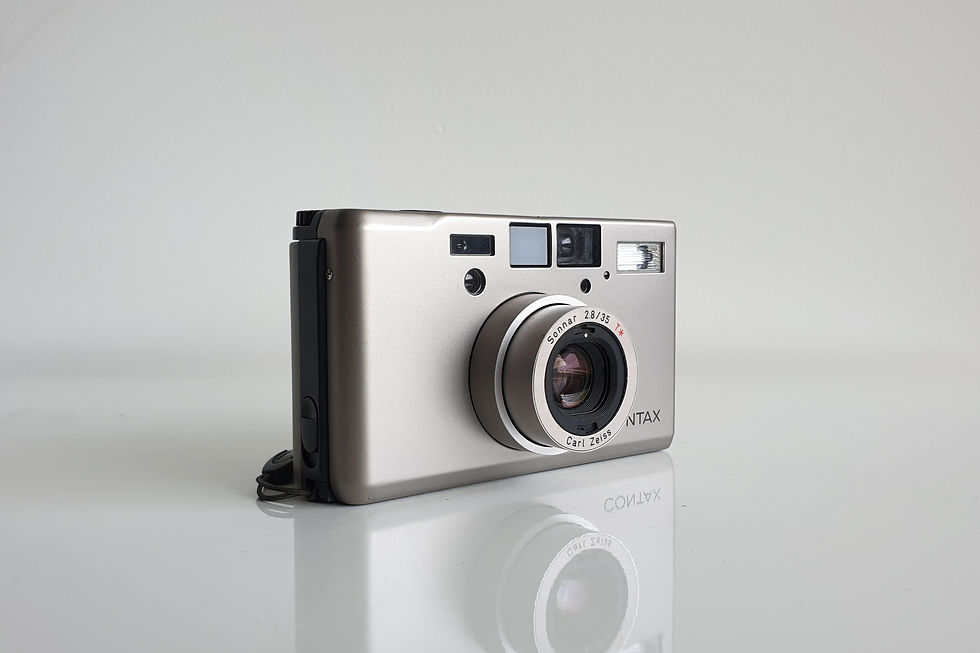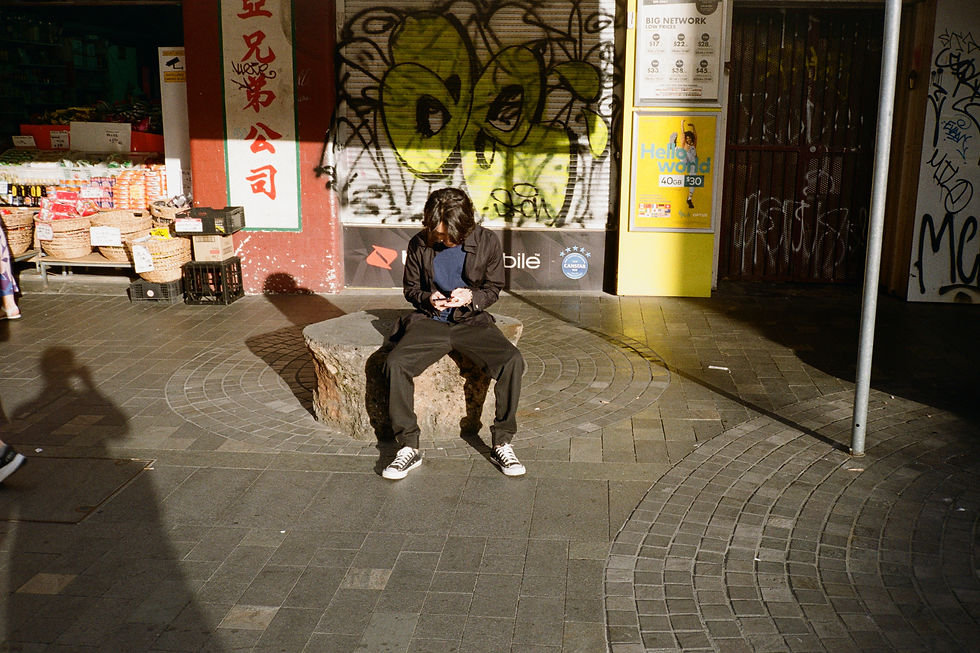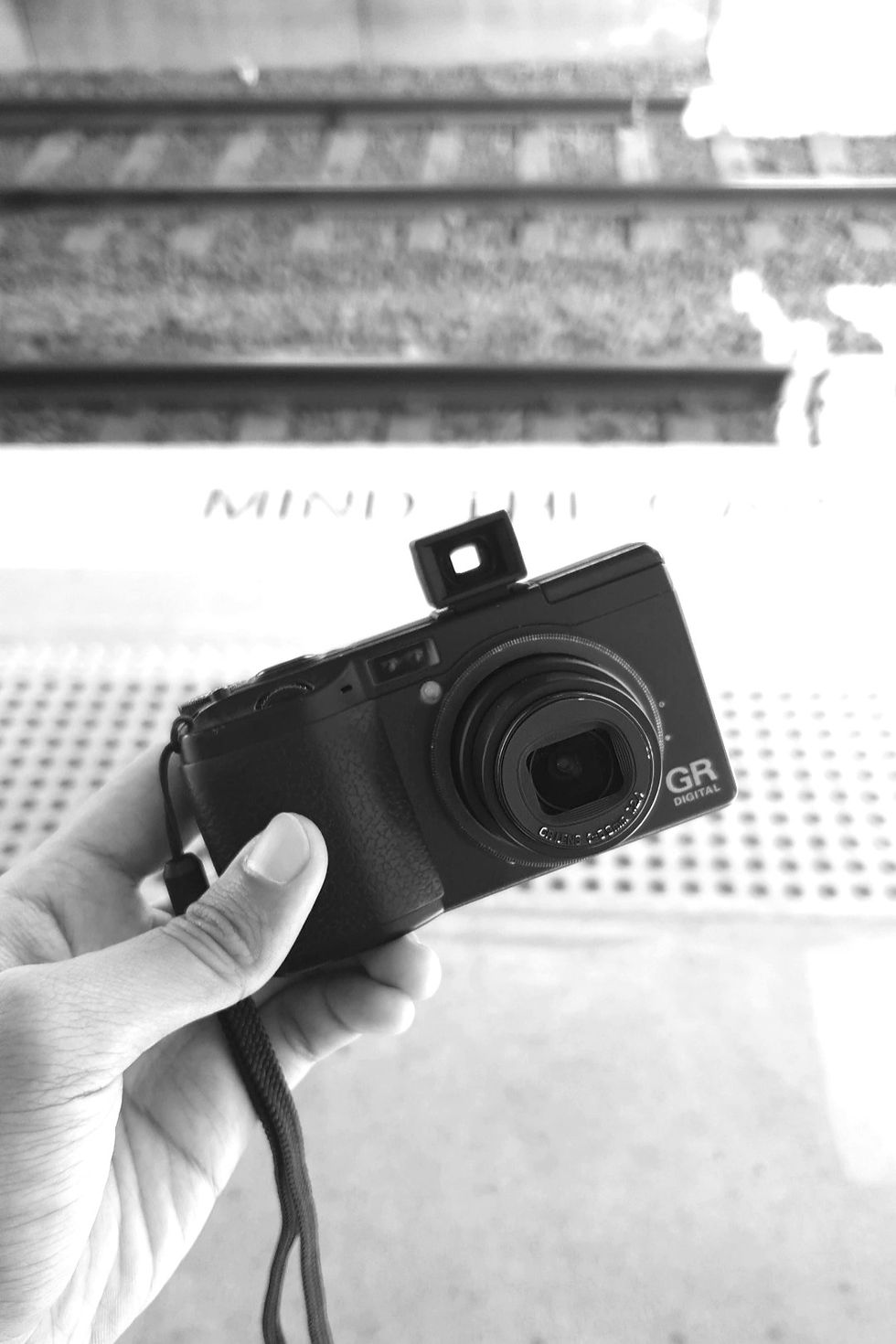Contax T3: Justifying The Price of a Point & Shoot Film Camera
- Adhika Pranawahadi
- Apr 11, 2023
- 4 min read

Anyone who has spent enough time in the film photography world will have come across this camera at some point. Those who are fortunate would have bought it long ago before the price spiked up, others may only dream about ever owning one, and many more are contemplating whether they can justify purchasing such a novelty camera. For those of you who may not be familiar with the camera, here’s my short introductory remark on the camera:
It's the most expensive film point & shoot camera ever.
At least it still held that status last time I checked it on Ebay, with prices ranging from as low as AUD2500 to as crazy as AUD4000 for the ones claimed to be in "mint" condition. Assuming you can afford it, the same amount of money can be used to buy the "superior" Leica-M system or any other mechanical camera that will last longer. Surely these cameras are a better investment than a mere point & shoot camera. Or is it?
Coming from someone who owns and loves his M cameras, the Contax T3 offers a shooting experience that can’t be emulated by just any other camera. How different is it exactly when compared to other point-and-shoots? Where does it sit within a photographer’s (or enthusiast’s) arsenal? Ultimately, you want to know just how special the camera is and if the intangible value it may bring to your life qualifies it as a worthy purchase. Here’s my experience...

My Contax T3
I purchased my T3 for AUD1800 from an Ebay auction in 2021. Given most of them were going for AUD2300 and beyond at the time, it was a big win. Mind you, the camera isn’t in the best cosmetic condition. It has visible scratch marks in some corners, and the lens cover blades are not closing properly. None of this bothers me, as the lens is still in great condition and other functions work as they should. On the contrary, the fact that the camera is not in pristine condition allows me to use it more, as I’m happy to leave it in my pocket most of the time and don’t have to baby it.

As boring as this will sound, the build quality is superb for a point & shoot. The titanium body really gives off that premium feel, and this will be the first thing you notice when holding the camera. The camera has some weight to it, making it fairly easy to shoot steadily with one hand but still light enough not to break your wrist. The controls and dials are nicely placed with a simple menu that offers useful features including custom settings, manual focus, an aperture selector, flash setting overrides, and exposure compensation.
So far, I’ve shot more than 20 rolls of film with the camera, and I’m lovin’ it. Trust me, it’s hard to pick another compact camera on the shelf to go with you once you own a Contax T3. The compact size makes it a great everyday camera, and the extra features come in handy if you like street photography. On a sunny day, manually setting the aperture to f/8 and the focus to 5m (depth of field around 2.5m - infinity) will, on paper, remove the shutter lag as the lens is locked in position, ensuring you can capture that "decisive moment."





Result wise, it renders sharp, saturated pictures when used with a colour film. Then again, I’m not an expert in lens quality, and whilst it is better than most point & shoot cameras, I feel that cameras like the Fujifilm Klasse produce similar results… So that might be a point for consideration as the Klasse only costs a fraction of the T3's price at about AUD800.
If I were to have any complaint about the camera at all, it would have to be about the fiddlyness of the power/aperture dial and thumb wheel that operate the menus. Overriding the setting takes time as you use the thumb wheel to scroll through the menus. However, if you like to use the camera in a particular way, you can save it as a custom setting, and the camera will remember it even after being powered off. At the end of the day, the camera is not intended to be an ergonomic masterpiece, but it does a very fine job at being a pricey point and shoot that can do a bit more in some situations.
Justifying the price of the camera from the point of view of functionality, then, comes down to these situations where the extra features are being used. In my case, I use the manual focus override a lot, as well as the exposure compensation. While they are fiddly, I’m happy enough to use the camera as a dumb point and shoot most of the time, and now that I’ve used the camera more, the buttons don’t even bother me anymore. Like any camera, once you get used to it, these intricacies become second nature.





Will I keep the Contax T3?
Not gonna lie, this is the best film compact camera I’ve owned, and I’ve owned many in the past few years. I do get the occasional temptation to try out other premium compacts such as the Nikon 28Ti and Minolta TC-1, but I always feel like the Contax T3 fills my needs already. Also, although those other cameras can be bought for half the price, it seems that they’re not as easy to fix once they decide to die on you. This is based on my reading of online forums anyway, so take it with a grain of salt or two.
Nothing in life is certain, but I’d like to think that the T3 is here to stay as long as I still feel that shooting film with a point and shoot camera is worthwhile... in which case, I’m thinking of shooting at least another 20 to 30 rolls with it before considering selling the camera. Fingers crossed that the camera has enough life left to fulfil that dream.





If you’re thinking of getting the camera, ask yourself if you’re willing to take the risk of losing the amount you paid for it once the camera decides to retire or spend the required amount to revive it. Or, if you are patient like me, wait until a worn-down version appears in the market at a good price and just bite the bullet and get the camera. I don’t think you will regret it.




Comments